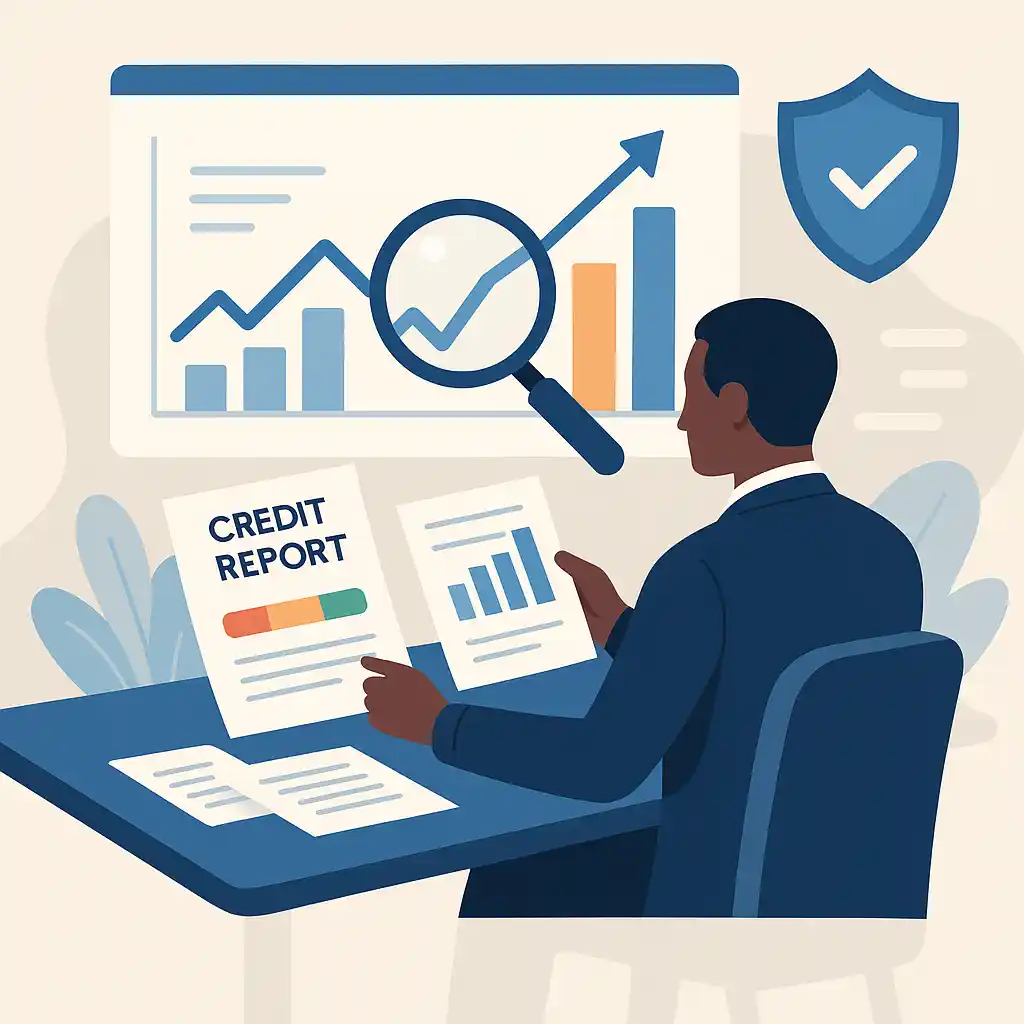Credit risk assessments provide investors with the ability to recognize, quantify, and monitor the probability of lending and credit risk. From evaluating fixed income to examining structured finance and private lending, these assessments serve as a strategic resource for investors seeking to make informed, sustainable choices. Here are a few ways investors benefit from credit risk assessments:
Enhancing Yield While Managing Default Risk
A credit risk assessment provides the quantitative and qualitative data needed to evaluate decisions based on risk and reward. They evaluate borrower history, credit scoring models, sector exposure, and macroeconomic elements. Investors can more effectively assess whether the excess yield is compensating for the potential of default.
These assessments offer value in the context of structured credit or asset-backed securities, where the quality of underlying loans or receivables may differ. It is this risk distribution that enables investors to avoid losses. A granular view of an asset’s credit quality enables portfolio managers to price risk more accurately, maintaining risk-adjusted returns to meet expectations.
Advanced models that mimic default probabilities or perform prepayment analysis can help an investor fine-tune their strategy. Analytics, which factor in employment trends, interest rate changes, and borrower behavior, make it possible to predict the performance of a loan more accurately. Such an approach promotes the enhancement of return results and the reinforcement of long-term capital preservation.
Optimizing Portfolio Allocation and Diversification
An investor’s ability to diversify effectively hinges on an understanding of credit risk. Credit portfolio breakdowns and segmentation are feasible thanks to credit risk profiles. This enables investors to diversify risk more efficiently across issuers, industries, and geographic regions.
In a portfolio of consumer loans, a strong credit assessment system might reveal that a significant percentage of loans are concentrated in economically vulnerable regions. This insight enables the investor to adjust the portfolio’s composition by seeking exposure to steadier regions or other types of borrowers. Portfolio-level tools that aggregate credit metrics, such as weighted average default risk or sector-level volatility, offer investors an overview of their exposure. These data remain useful as circumstances change, allowing for fine-tuning of portfolio allocations. Real-time analytics that respond to economic changes, such as interest rate shifts or regional downturns, can prompt preemptive actions.
Supporting Strategic Entry Into Private Credit
Credit due diligence involves examining borrowers who are often not rated in the public credit markets or don’t have long credit histories. This means traditional underwriting methods often require adaptation. Private lending credit risk models can be customized to leverage borrower cash flows, the value of collateral, the strength of covenants, and industry sector relative benchmarks.
These models also incorporate liquidity risk, as private loans may offer limited exit strategies. Investors who are new to the private credit market can take advantage of tools to forecast how borrowers will perform under varying economic conditions. Market surveys or forward-looking models that assess default risk under stress scenarios — such as sector downturns, regional job loss, or inflation shocks — can reveal risk signals not always evident in static financials. This is helpful if you are targeting niche sectors such as equipment financing, healthcare receivables, or real estate bridge loans. Portfolio-level analysis enables investors to track risk across private credit investments at the portfolio level. By tracking concentration risk and payment trends, investors gain the transparency needed to actively manage portfolios and optimize returns.
Consult a Professional for a Credit Risk Assessment
Investors who incorporate credit analytics may achieve higher returns, lower volatility, and support data-driven decisions. Whether you are investing in public debt, structured products, or private credit, credit risk analyses provide strategic, data-driven information. Contact a financial associate to learn more about risks and how to mitigate them when investing.









